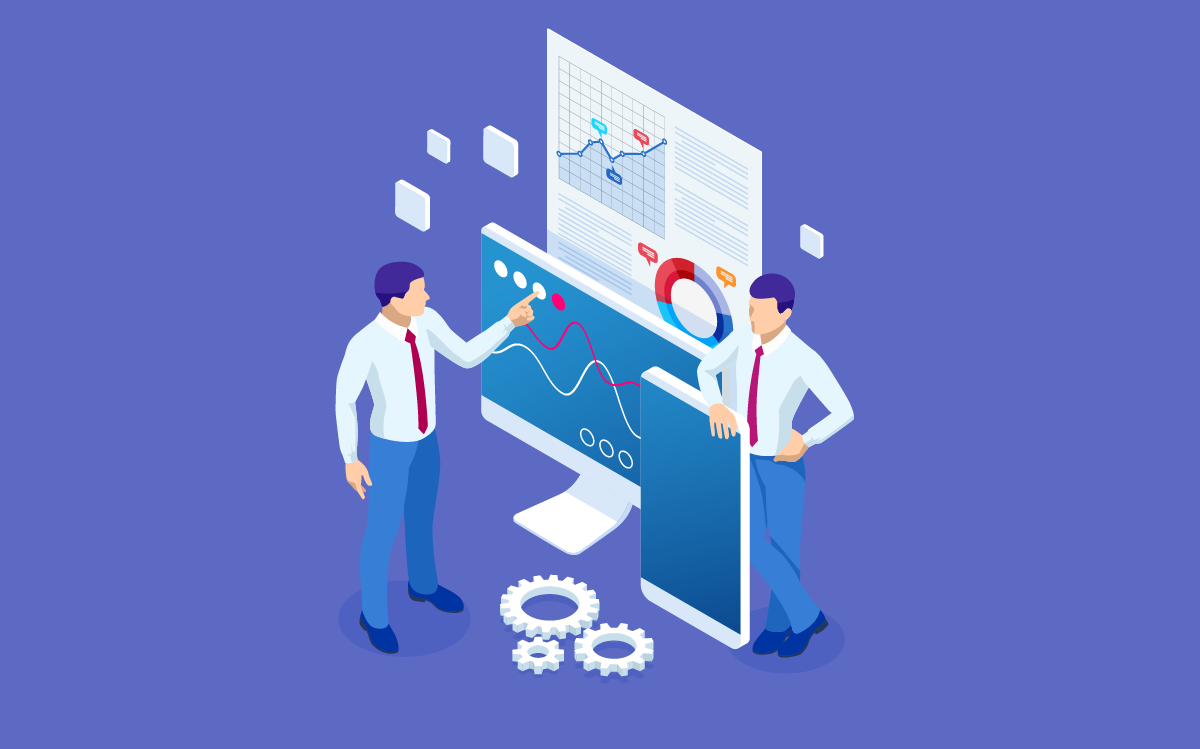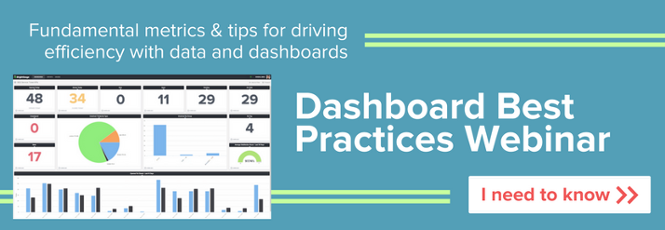How to get Quick Insights into Your Company’s Performance

Having comprehensive insights into your company’s performance is a basic necessity for any organization. However, gathering these “company insights” quickly can be quite the challenge. This is especially true if the organization doesn’t have the structures in place to collect quick insights and report them easily.
What performance insights does your organization need? What are the challenges to gathering performance data? More importantly, how can you leverage performance insights to optimize your organization and build long-term success?
What performance data should you monitor?
When planning to gather quick insights into company performance, it’s important to establish what performance data you need to track first. Choosing the wrong metrics to track can end up wasting precious time and effort. However, different organizations and departments within an organization may need to track different things.
So, when choosing the performance metrics you’ll use to garner company insights, it’s important to:
- Consider your organization’s primary goals. What is it that your organization most needs to do to meet its goals? Any key performance indicators (KPIs) that align with those goals should probably be the first ones you consider when looking to create performance insights.
- Be sure to periodically reevaluate which metrics you track. Because your organization’s priorities may change, it’s important to take some time to evaluate which metrics you’re using to generate quick insights and reevaluate them against the organization’s current needs.
- Make getting quick insights easier by limiting your KPI list. There comes a point where, in trying to track everything to get more comprehensive performance insights, an organization ends up tracking too much information. This data bloat can actually end up causing leaders to miss important insights into their company. To avoid data bloat and get fast insights into company performance, it’s important to prune the KPI list to a manageable level—such as what can fit onto a single screen of a data dashboard.
Top challenges to consider when gathering quick insights
There are a few obstacles that may prevent an organization from gathering performance insights in a timely fashion. Clearing these obstacles is a must for gathering actionable business intelligence that benefits the organization as a whole:
- A lack of data collection methods. To fill a data dashboard or other performance reporting tool, it’s necessary to have a data source that is accurate, reliable, and timely. Manual data collection is often inefficient and unreliable (though it may be your only option sometimes), so having a data source that you can pull performance data from whenever you need can be helpful. When such data sources are lacking, it can be hard to gather reliable information when you need it.
- An overload of information. As mentioned earlier, it’s possible to try to collect too much information all at once. Keeping track of too many data sources and performance metrics can lead to decision paralysis as people struggle to make sense of all the information presented. Knowing how to narrow down the data feeds and KPIs you track is crucial for gaining fast insights that are still useful.
- Turning data into reliable company insights. Simply having access to performance data doesn’t mean that you have reliable company insights. It takes some time and effort to translate raw data into actionable performance insights that can be used to improve business processes and employee performance. This often requires looking at multiple data sets and correlating events with specific causes or taking a look at patterns within data (such as historical drops or increases in certain metrics at specific times of the year). The ability to turn raw data into an accurate insight into the organization’s performance and needs is one that should come with practice.
- Creating quick insights. Timeliness is important for leveraging insights while they’re relevant. If collecting, organizing, and interpreting data takes too long, the insights generated from that data may not be as impactful. For example, say that an employee’s performance is lagging, but it takes a full financial quarter to address the issue with him or her. At this point, whatever was causing the performance drop may have become a bad habit that is hard to correct (or resolved itself without the employee receiving any support). This exposes the organization to more loss from reduced productivity—potentially creating excessive expenses due to lack of action.
Data dashboards are one tool that can help organizations gather quick insights into employee, team, and company performance with ease. How can you use data dashboards to gather fast insights into performance?
How to use data dashboards
The basic idea behind a data dashboard is that it is a dedicated report that displays only the most crucial employee or company insights into a single overview. By distilling KPIs into a data dashboard view, it is easy to avoid data bloat and quickly check on company performance (or employee performance).
There are a few ways that you can use data dashboards. One of the most important is as a live feed for monitoring employee and company performance. Using live data feeds, a data dashboard can display information in real time, helping provide early warnings of potential dips in key performance areas.
Data dashboards can also prove to be a vital employee assessment tool, allowing managers to identify both high- and low-performing employees. This way, top performers can be rewarded for their achievements, while underperformers can be given the opportunity to improve with training that is geared towards their specific needs.
Another use for data dashboards is to monitor the financial health of a company. By tracking important information such as past due receivables, earnings, and accounts payable, an organization’s leadership can verify whether they’re in the red or in the black, and make changes accordingly.
How to use client reports to assess services
Sometimes, it isn’t just the organization that needs insight into how it is performing—the organization’s customers/clients may also need some quick insights so they can understand the value that they get from being a customer/client. This is where client reports can be useful.
A client report is a great opportunity to share important performance metrics with a client, showcasing how the organization is meeting or exceeding its service obligations and providing value. When creating a client report (or a report template in BrightGauge for automatic updates and sends), it’s important to consider:
- Who the report should be sent to;
- What the report should include to provide quick insight without wasting the client’s time;
- When the report should be sent to avoid inconvenience or delay; and
- Why the report should be sent.
Need help with gathering quick insights into your company’s performance or setting up data dashboards and client reports? Reach out to the BrightGauge team to learn how you can gather fast insights into key areas of your business.
Free MSA Template
Whether you’re planning your first managed services agreement, or you’re ready to overhaul your existing version, we've got you covered!



